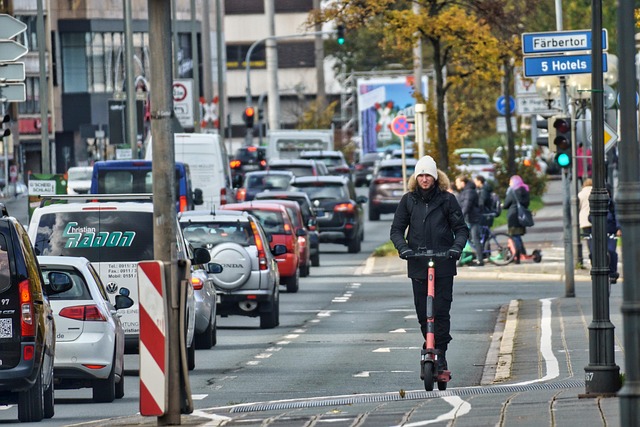Boosting Rural Development: Sustainable Transport Initiatives for Supporting the Local Economy
In today’s fast-paced world, the connection between transportation sustainability and rural development has never been more crucial. As we look towards creating a future where rural communities can thrive, it’s essential to recognize that the backbone of these areas is often its transport systems. By investing in sustainable transport initiatives, we not only enhance mobility but also play a significant role in supporting the local economy.
The Impact of Transport Sustainability on Rural Areas
For many rural communities, accessibility remains a barrier to growth. Traditional transport methods often prove to be inefficient or environmentally damaging. However, with the rise of sustainable transport solutions, we can reshape the landscape of rural mobility. Innovative practices such as electric buses, bike-sharing schemes, and improved public transport networks can significantly reduce carbon footprints while providing vital connectivity for residents.
When rural populations have access to reliable and sustainable transport, their opportunities for employment, education, and healthcare dramatically increase. This accessibility leads to the establishment and growth of local businesses, contributing to a thriving economy that benefits everyone in the community.
Community-Driven Initiatives
It’s essential that rural transport initiatives come from the communities they serve. Local involvement not only ensures that the solutions are tailored to meet the specific needs but also fosters a sense of ownership among residents. Initiatives such as community-organized ride-share programs and local maintenance of cycling paths empower individuals while enhancing the overall infrastructure.
Moreover, engaging the local population encourages environmentally friendly practices. When residents actively participate in promoting sustainable transport, they not only advocate for their needs but also effectively educate others about the importance of keeping transport systems in harmony with nature.
Integrating Technology for Better Mobility
The integration of technology is another crucial aspect of boosting rural development through sustainable transport. Mobile applications that facilitate ride-sharing, track public transport options, and provide real-time updates can substantially enhance the travel experience for rural inhabitants. These technological innovations make navigating transport systems simpler and more efficient, ultimately leading to increased use and support of local services.
Furthermore, employing data analytics can help rural planners identify trends and inefficiencies, enabling them to craft targeted solutions that enhance both the sustainability and accessibility of transport networks.
Building Partnerships for Success
Collaboration is key when it comes to developing effective transport solutions that genuinely support the local economy. Partnerships between local governments, NGOs, private enterprises, and community members can drive funding and resources toward sustainable transport projects. By pooling expertise and resources, these collaborations yield frameworks that benefit all stakeholders involved.
Moreover, partnerships can facilitate the sharing of best practices and innovative ideas from successful programs in different regions, allowing rural areas to learn from one another and bolster their initiatives. Together, we can create a network of sustainable transport that not only supports local economies but also paves the way for a greener future.
In summary, sustainable transport initiatives are more than just a means of getting from point A to point B—they are vital to boosting rural economies and enhancing the quality of life for those living in these communities. By embracing innovative, community-driven strategies, we can build a brighter, more sustainable future for all.



